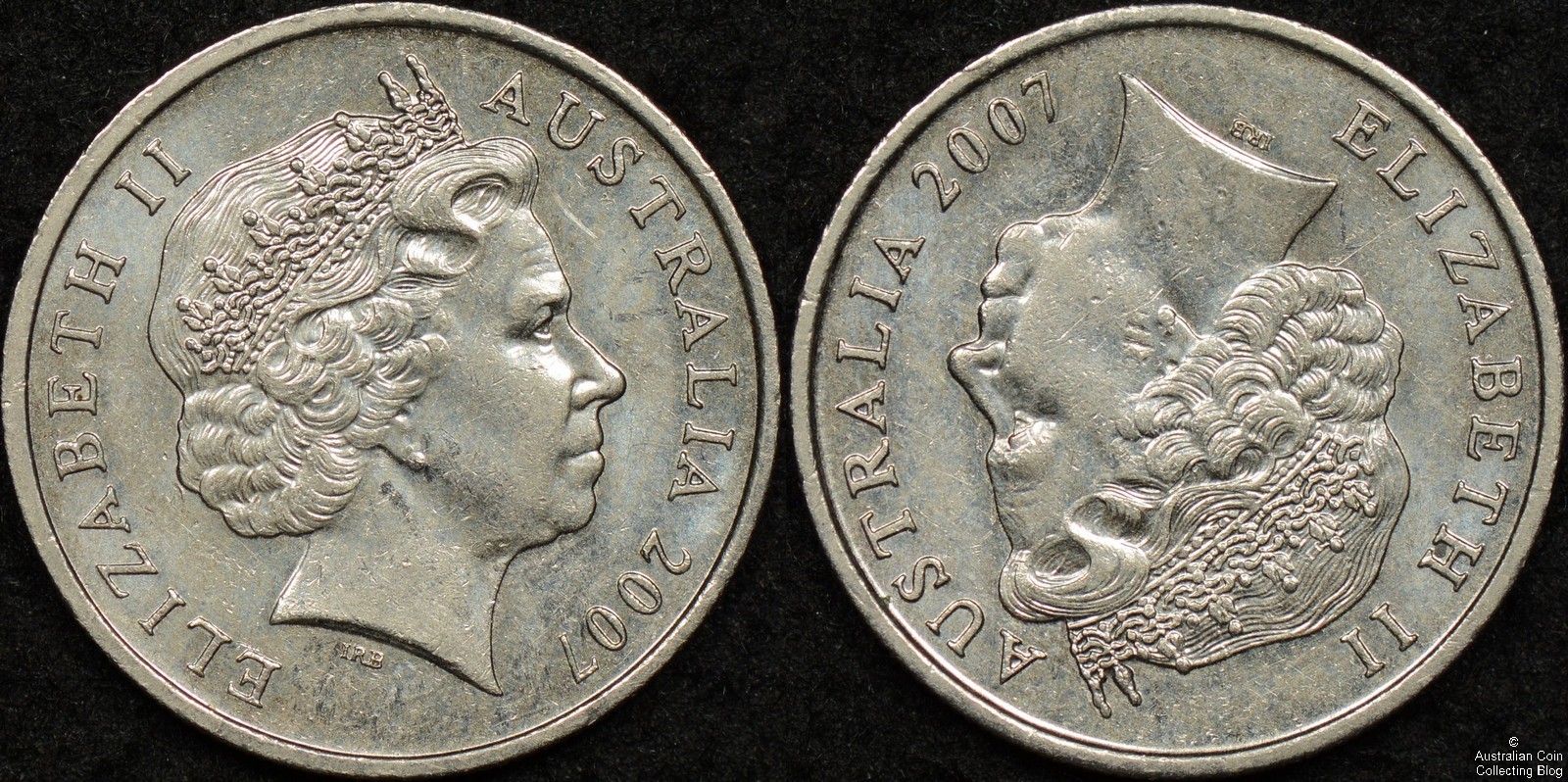For the past 10 years people have been finding in their change the Aussie 5 cent piece with the Queen’s head on both sides -a so-called ‘double header‘. This came about when two head side dies were placed into the coin press and coins were struck. But was this accidental or on purpose?
I’m not sure we’ll ever know if devious behaviour (mint sport) was to blame or it was a mere mistake with huge consequences. Initially only a few were found but in the last few years more and more have surfaced leading to the idea that there could be thousands of these error coins in circulation. As the word trickled through to collectors more and more coin noodlers fossicked bulk lots searching for the coin with 2 heads. Previously thought of as a needle in a haystack find, I’d say today, look through bulk coins and you have a reasonable chance of finding one.
They are very easily overlooked. Glancing at bulk coins it won’t easily stick out like a mule, a collector coin that’s been spent or a mis-strike. You have to search more carefully noting each side as a head. When you do find one don’t jump for joy too hastily, a double header coin is easily faked. Boring or grinding out the tails side of a coin, grinding down the tails side of another and joining the two together is the most common type of fake. The following is what you need to check to help determine the authenticity of your double headed 5c coin.
1. What is the weight? If two coins have been joined it’s not likely the weight will match a genuine coin. An Australian 5 cent piece weighs 2.83 grams. A small tolerance is within specification but if the weight is grossly higher or lower then you might not have a genuine error.
2. Do the dates match? Double headed coins that have been found are all dated 2007 on both sides. Having different dates is an indicator the error is a fake.
3. 180 degree rotation. The opposing side will be struck exactly 180 degrees upset or rotated. This means one side will appear completely upside down. This is a result of how the dies are inserted into the coin press and an indicator of a genuine error.
4. Use magnification. Look closely at the rims on both sides to see if there is indication that 2 separate coins have been joined. If two halves have been glued together then you have an interesting but not valuable magicians coin. This is post mint damage and it is illegal to deface currency.
Turning 5 cents into $500 or more sounds like a great idea but handling lots and lots of very small coins needs patience and good light. These errors have sold for hundreds up to thousands of dollars (for higher grade examples). If you are looking to purchase one of these coins look for PCGS graded examples to ensure authenticity. I would avoid coins in APCGS slabs as the error may not be genuine as outlined above.
The Royal Australian Mint struck 59,036,000* 5 cent pieces dated 2007, it’s quite possible thousands of these double headed coins exist -it’s up to you to find them!
*Royal Australian Mint financial reports 2006-7,2007-8 and 2008-9



